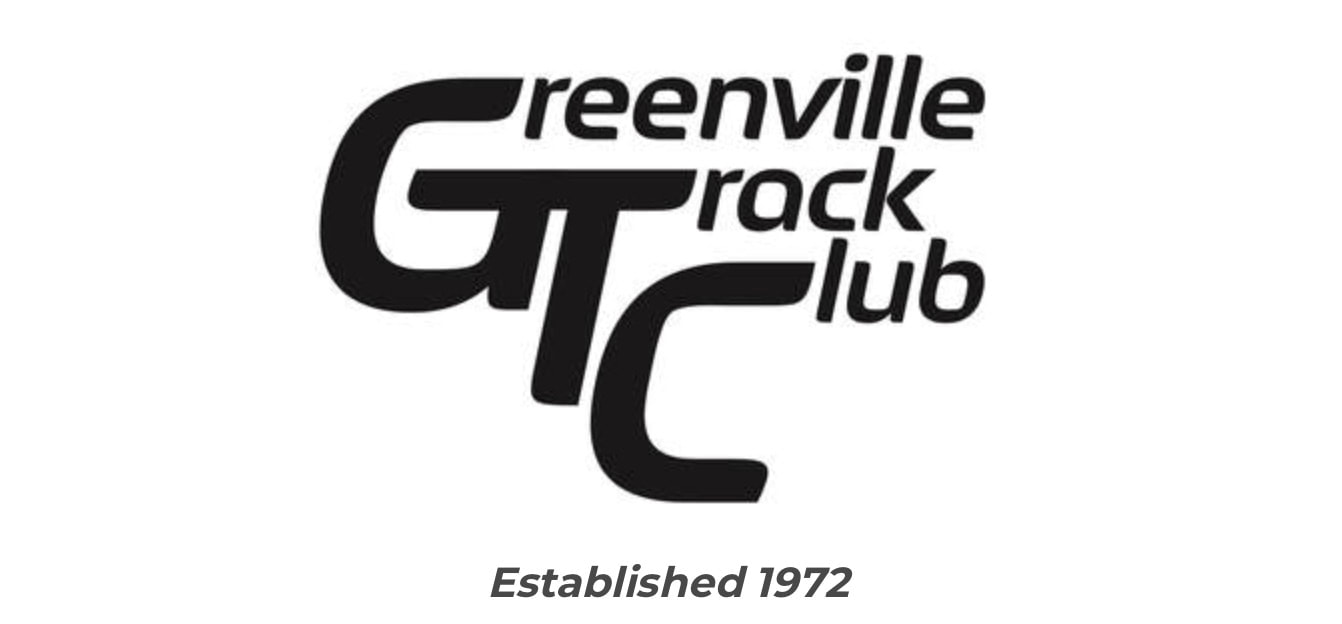
We are always looking for ways to supplement our training without adding more pounding to our athletes' bodies. The ElliptiGO provides the capability to train our cardiovascular system without additional stress on the bones and joints.
We have used the Elliptical fitness machine when recovering from various injuries with some success. Now we can get similar results, but also enjoy the benefits of being outdoors.
For more information please visit the ElliptiGO site at: www.ElliptiGO.com.
We have used the Elliptical fitness machine when recovering from various injuries with some success. Now we can get similar results, but also enjoy the benefits of being outdoors.
For more information please visit the ElliptiGO site at: www.ElliptiGO.com.

As a coach I am always searching for an edge that may assist in the continual development of our elite athletes and improving their competitive performances. And as an exercise physiologist my tendency is to refer to research to find out what might work better than our current methods.
A while back, I observed some elite/professional athletes using ElliptiGOs. The GO is actually an elliptical workout machine perched on a an elongated bicycle frame. After much thought, we decided to try out the ElliptiGO for supplemental training or the return to training following injury.
I have always believed that our workout sessions should be based on concepts that I could actually complete if I was back in my prime or had the same abilities as our current elite athletes. So, when our ElliptiGO unit arrived, I was probably more excited than our athletes.
One reason is that I have been slowly recovering from major knee surgery. From 1981 until 2012 I had not missed a day of running--stringing together almost 31 years of consecutive days. And then I slipped doing mundane yard work and fractured the patella and ripped part of my quadricep apart. After 8 weeks on crutches and another few weeks still in a knee brace, I started cycling on a stationary bike to begin the rebuilding process. I had lost over three inches in girth around my quad and couldn't walk without a limp.
Slowly I began to walk and then walk/jog and then actually jog. Steady progress lead me back to being able to cover 60 minutes of jogging or "slow running." However, my stride length was very short and my knee still had occasional bouts of weakness and instability.
When our ElliptiGO arrived I decided to test it before we had our athletes use it to see how it worked. The first time I used it, I was impressed that I was getting a very good cardio-vascular workout and I was only on it for 15 minutes. I increased that day by day to 30 minutes of riding, usually following 45 minutes of running. After 3-4 weeks I noticed that my running pace was getting faster without any appreciable change in effort. And, my knee was feeling much stronger.
Upon more thought, it seemed that my stride was actually longer (therefore the increased pace) and smoother. As a former researcher, I wanted to see some data to support my hypothesis. However, I had not conducted a scientific study (a study of one?) nor had set up the proper parameters. Research or not, I know that the ElliptiGO has been a major component of my increased fitness, pace and stride length. Now, it is time for our athletes to experience development using the GO for their supplemental training.
Mike Caldwell, GTC-ELITE Director/Coach
A while back, I observed some elite/professional athletes using ElliptiGOs. The GO is actually an elliptical workout machine perched on a an elongated bicycle frame. After much thought, we decided to try out the ElliptiGO for supplemental training or the return to training following injury.
I have always believed that our workout sessions should be based on concepts that I could actually complete if I was back in my prime or had the same abilities as our current elite athletes. So, when our ElliptiGO unit arrived, I was probably more excited than our athletes.
One reason is that I have been slowly recovering from major knee surgery. From 1981 until 2012 I had not missed a day of running--stringing together almost 31 years of consecutive days. And then I slipped doing mundane yard work and fractured the patella and ripped part of my quadricep apart. After 8 weeks on crutches and another few weeks still in a knee brace, I started cycling on a stationary bike to begin the rebuilding process. I had lost over three inches in girth around my quad and couldn't walk without a limp.
Slowly I began to walk and then walk/jog and then actually jog. Steady progress lead me back to being able to cover 60 minutes of jogging or "slow running." However, my stride length was very short and my knee still had occasional bouts of weakness and instability.
When our ElliptiGO arrived I decided to test it before we had our athletes use it to see how it worked. The first time I used it, I was impressed that I was getting a very good cardio-vascular workout and I was only on it for 15 minutes. I increased that day by day to 30 minutes of riding, usually following 45 minutes of running. After 3-4 weeks I noticed that my running pace was getting faster without any appreciable change in effort. And, my knee was feeling much stronger.
Upon more thought, it seemed that my stride was actually longer (therefore the increased pace) and smoother. As a former researcher, I wanted to see some data to support my hypothesis. However, I had not conducted a scientific study (a study of one?) nor had set up the proper parameters. Research or not, I know that the ElliptiGO has been a major component of my increased fitness, pace and stride length. Now, it is time for our athletes to experience development using the GO for their supplemental training.
Mike Caldwell, GTC-ELITE Director/Coach














